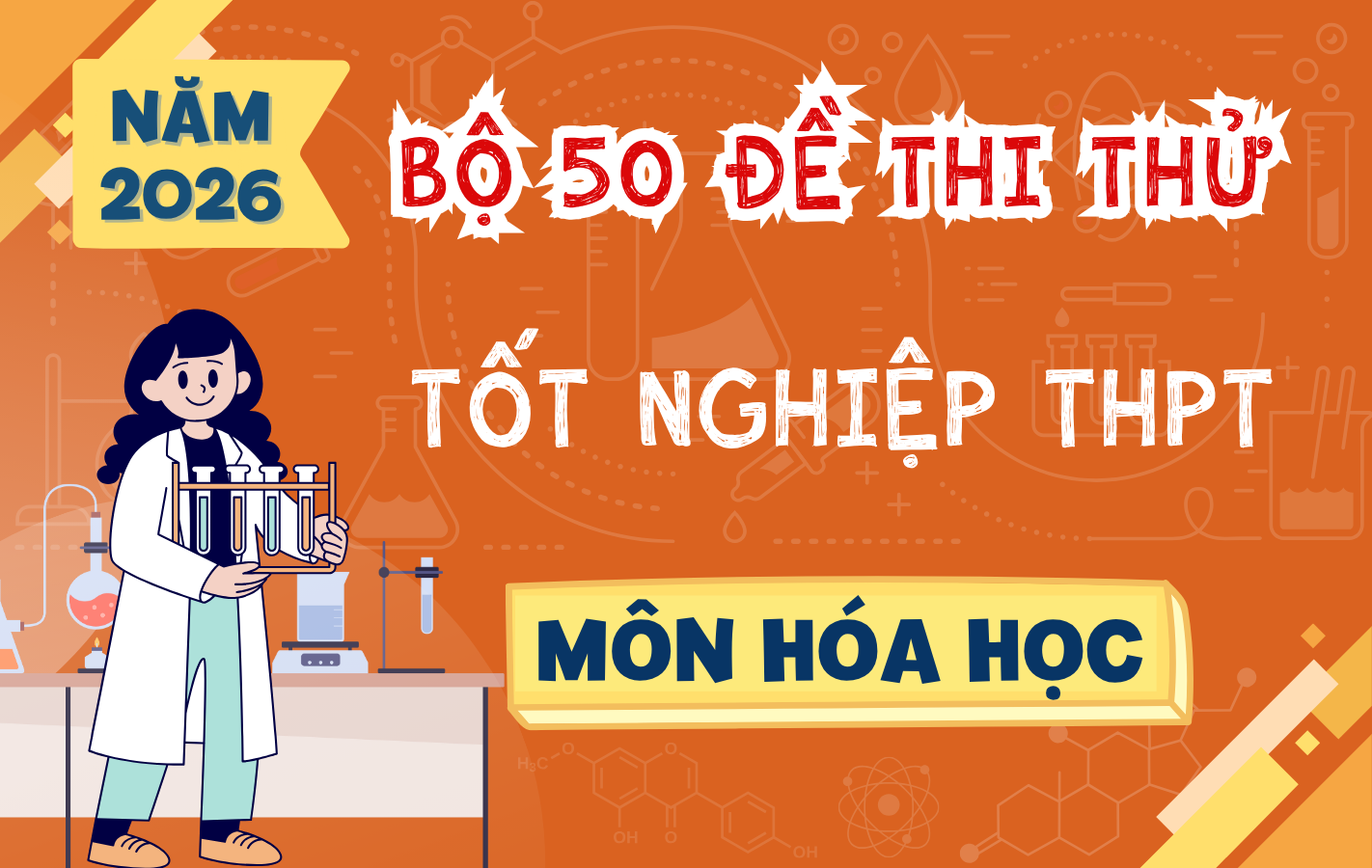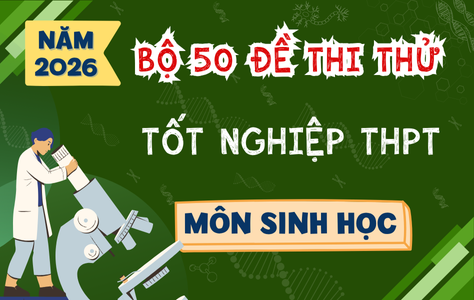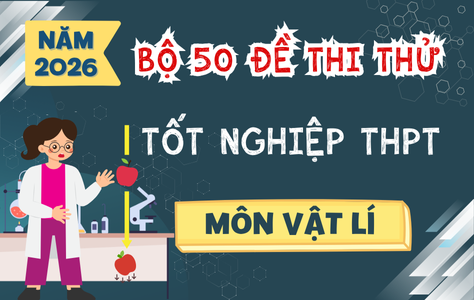Câu hỏi:
Read the following passage and mark the letter A, B, C, or D on your answer sheet to indicate the best answer to each of the following questions from 31 to 40.
Biting into a ripe, juicy fruit brings a smile to many people’s faces. But eating that same fruit a week before it is ripe probably wouldn’t be as enjoyable! Unripe fruits are often hard and bitter, but that serves a purpose. The hard exterior of an unripe fruit protects the developing seed inside. After a seed fully develops inside the fruit, the fruit changes color, softens, and gets sweeter to become more attractive to animals and humans. These organisms eat the fruit and spread its seeds, ensuring the plant’s survival and regrowth.
But how does a fruit ripen? The ripening process involves many complex chemical reactions. When a fruit ripens, it goes through a chemical change. A chemical change happens when bonds within molecules break, and the atoms that once formed them regroup into new molecules. Chemical changes are irreversible. Once a fruit ripens, it cannot become unripe again.
One molecule responsible for this chemical change is ethylene. Ethylene (C2H4) is a colorless gas made up of carbon and hydrogen atoms. (I). It is a naturally occurring molecule in the atmosphere. (II). It is also an important plant hormone. (III). Plants release ethylene through the growing tips of roots, flowers, and ripening fruit. (IV). Although ethylene serves other purposes in plants, one of its main purposes is to trigger the chemical reactions that cause fruits to ripen. As the fruit matures, oxygen in the air helps stimulate the production of ethylene. This ethylene production is a signal that begins fruit ripening. For that reason, unripe fruits have low levels of ethylene, while ripe fruits have higher levels of ethylene. Most fruits produce ethylene and respond to ethylene in the atmosphere.
Although fruits require ethylene to ripen, different types of fruits respond to this molecule in two distinct ways: non-climacteric fruits and climacteric fruits. Non-climacteric fruits do not ripen after harvesting. They produce very little ethylene of their own. Climacteric fruits, on the other hand, continue to ripen after they are picked. These fruits produce a large amount of ethylene. Climacteric fruits can also speed up the ripening process of other fruits nearby since they release high levels of ethylene into the air.
Which of the following is OPPOSITE in meaning to exterior in paragraph 1?
Đáp án đúng: B
Giải thích:
exterior nghĩa là "bên ngoài, bề ngoài".
A. surface (bề mặt), C. outer part (phần bên ngoài), và D. shell (vỏ ngoài) đều đồng nghĩa với "exterior", nên không phù hợp.
B. inside (bên trong) là từ trái nghĩa với "exterior", nên là đáp án đúng.
Câu hỏi này thuộc đề thi trắc nghiệm dưới đây, bấm vào Bắt đầu thi để làm toàn bài
Bộ đề thi giúp học sinh lớp 12 làm quen với cấu trúc và nội dung đề thi tốt nghiệp THPT môn Tiếng Anh năm 2025. Đề thi được xây dựng theo định hướng của Bộ GD ĐT, bao gồm các phần Ngữ âm, Từ vựng - Ngữ pháp, Chức năng giao tiếp, Kỹ năng đọc hiểu, Kỹ năng viết và Phát âm - Trọng âm. Hệ thống câu hỏi đa dạng, bám sát chương trình học, giúp học sinh rèn luyện kỹ năng làm bài và nâng cao tư duy ngôn ngữ. Đáp án chi tiết đi kèm hỗ trợ học sinh tự ôn tập, đánh giá năng lực và chuẩn bị tốt nhất cho kỳ thi quan trọng.
Câu hỏi liên quan
Giải thích:
Câu trước đó nói: "After a seed fully develops inside the fruit, the fruit changes color, softens, and gets sweeter to become more attractive to animals and humans. These organisms eat the fruit and spread its seeds, ensuring the plant’s survival and regrowth."
"These organisms" (Những sinh vật này) → Chỉ animals and humans, vì họ ăn quả và phát tán hạt.
Giải thích:
Câu gốc: quá trình chín của quả liên quan đến nhiều phản ứng hóa học phức tạp.
A. Sai, vì "simple chemical processes" (quá trình hóa học đơn giản) trái nghĩa với "complex chemical reactions".
B. Đúng, vì "multiple complicated chemical changes" (nhiều thay đổi hóa học phức tạp) tương đương với câu gốc.
C. Sai, vì câu gốc nói đến hóa học, trong khi C nói không có hóa học.
D. Sai, vì câu gốc không đề cập đến yếu tố bên ngoài.
Giải thích:
Câu này định nghĩa hormone thực vật, nên nó phù hợp nhất để đặt trước khi bài đọc đề cập đến ethylene là một loại hormone thực vật.
Vị trí (III) là ngay trước câu: "It is also an important plant hormone." (Nó cũng là một hormone thực vật quan trọng), nên phù hợp nhất.
Giải thích:
A. Đúng, vì đoạn 4 tập trung nói về vai trò quan trọng của ethylene trong quá trình chín của quả.
B. Sai, vì oxy chỉ giúp kích thích sản xuất ethylene, không phải yếu tố quan trọng nhất.
C. Sai, vì bài không nói về việc bảo vệ quả khỏi chín sớm.
D. Sai, vì quá trình chín không chỉ phụ thuộc vào yếu tố bên ngoài mà còn có ethylene bên trong quả.

Bộ 50 Đề Thi Thử Tốt Nghiệp THPT Giáo Dục Kinh Tế Và Pháp Luật Năm 2026 – Theo Cấu Trúc Đề Minh Họa Bộ GD&ĐT

Bộ 50 Đề Thi Thử Tốt Nghiệp THPT Lịch Sử Học Năm 2026 – Theo Cấu Trúc Đề Minh Họa Bộ GD&ĐT

Bộ 50 Đề Thi Thử Tốt Nghiệp THPT Công Nghệ Năm 2026 – Theo Cấu Trúc Đề Minh Họa Bộ GD&ĐT

Bộ 50 Đề Thi Thử Tốt Nghiệp THPT Môn Hóa Học Năm 2026 – Theo Cấu Trúc Đề Minh Họa Bộ GD&ĐT

Bộ 50 Đề Thi Thử Tốt Nghiệp THPT Môn Sinh Học Năm 2026 – Theo Cấu Trúc Đề Minh Họa Bộ GD&ĐT

Bộ 50 Đề Thi Thử Tốt Nghiệp THPT Môn Vật Lí Năm 2026 – Theo Cấu Trúc Đề Minh Họa Bộ GD&ĐT
ĐĂNG KÝ GÓI THI VIP
- Truy cập hơn 100K đề thi thử và chính thức các năm
- 2M câu hỏi theo các mức độ: Nhận biết – Thông hiểu – Vận dụng
- Học nhanh với 10K Flashcard Tiếng Anh theo bộ sách và chủ đề
- Đầy đủ: Mầm non – Phổ thông (K12) – Đại học – Người đi làm
- Tải toàn bộ tài liệu trên TaiLieu.VN
- Loại bỏ quảng cáo để tăng khả năng tập trung ôn luyện
- Tặng 15 ngày khi đăng ký gói 3 tháng, 30 ngày với gói 6 tháng và 60 ngày với gói 12 tháng.